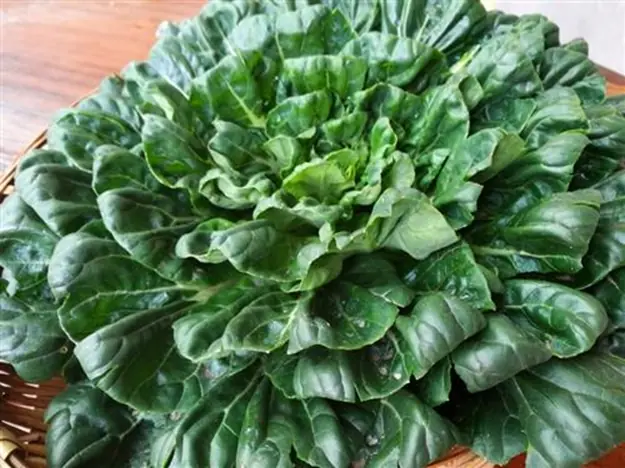
3 characteristics of the feet warn of blocked blood vessels
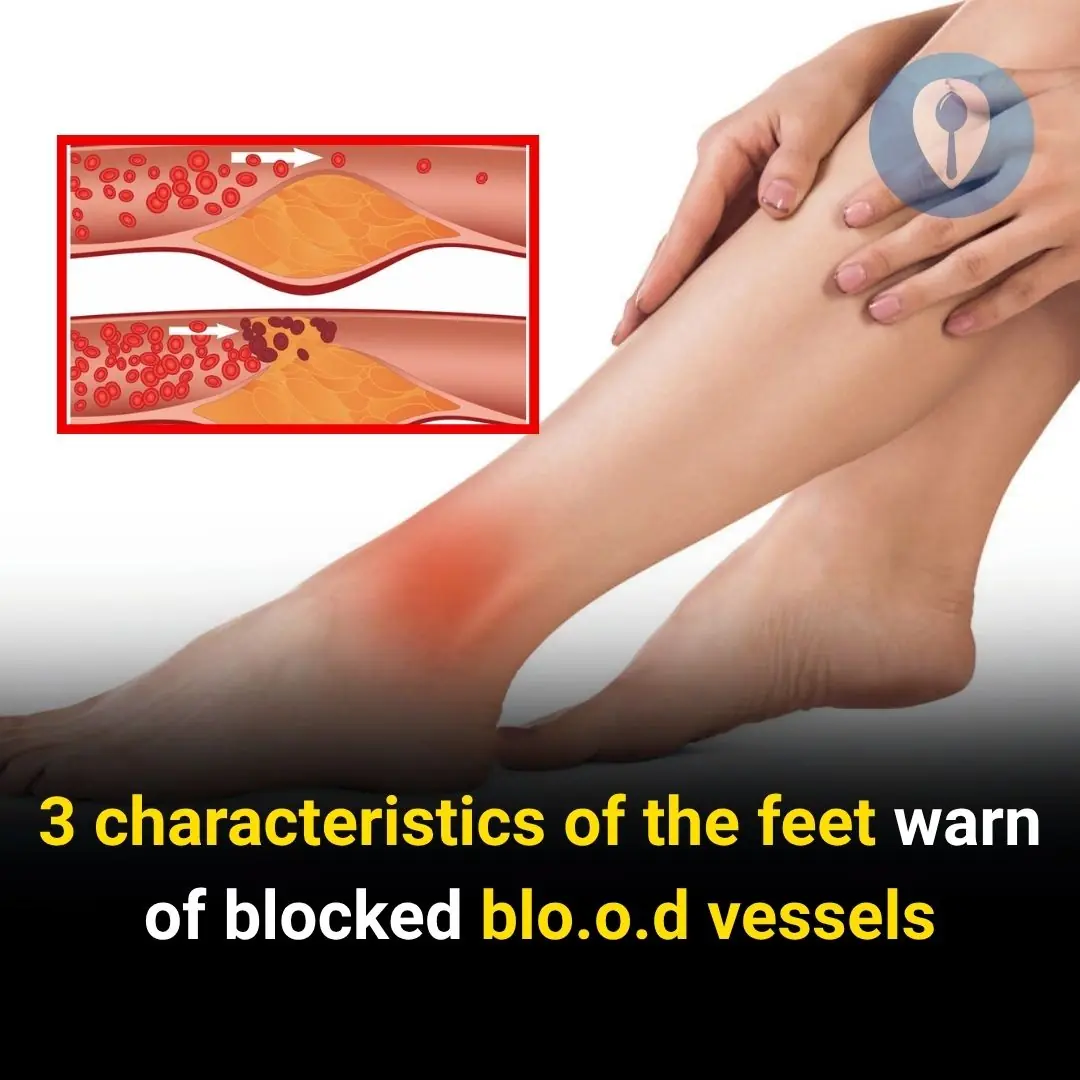
However, in recent years, the number of patients with vascular diseases has been steadily increasing. According to an article in the Journal of the American College of Cardiology, deaths from cardiovascular diseases are on the rise, accounting for one-third of all deaths worldwide in 2019. One reason the disease is often already severe at the time of diagnosis is that when blood vessels first become blocked, we fail to detect it in time.
In reality, when blood vessels are blocked, there are often warning signs that appear in the feet. Because the feet are among the parts farthest from the heart, if a blockage occurs, symptoms in the feet are the easiest to observe. Therefore, when you notice these signs in your feet, don’t hesitate—seek medical attention promptly.
Three “characteristics” in the feet that may indicate blocked blood vessels
Peripheral artery disease (PAD) occurs when plaque (fat and cholesterol) builds up in the arteries of your legs or arms. This makes it harder for your blood to deliver oxygen and nutrients to the tissues in those areas. PAD is a long-term disease, but you can improve it through exercise, a low-fat diet, and quitting tobacco products.
Blocked arteries in the legs are one of the more common circulatory disorders. This is a condition in which some blood vessels in the legs gradually narrow and eventually become completely blocked, reducing the blood supply to the legs. This loss of blood flow deprives the legs of nourishment, making it difficult or even impossible to walk. According to Dr. Lee Kirksey, a vascular surgeon at the Cleveland Clinic’s Sydell and Arnold Miller Family Heart, Vascular & Thoracic Institute (USA), cholesterol buildup can block arteries supplying blood to the heart, indicating a higher risk of heart disease.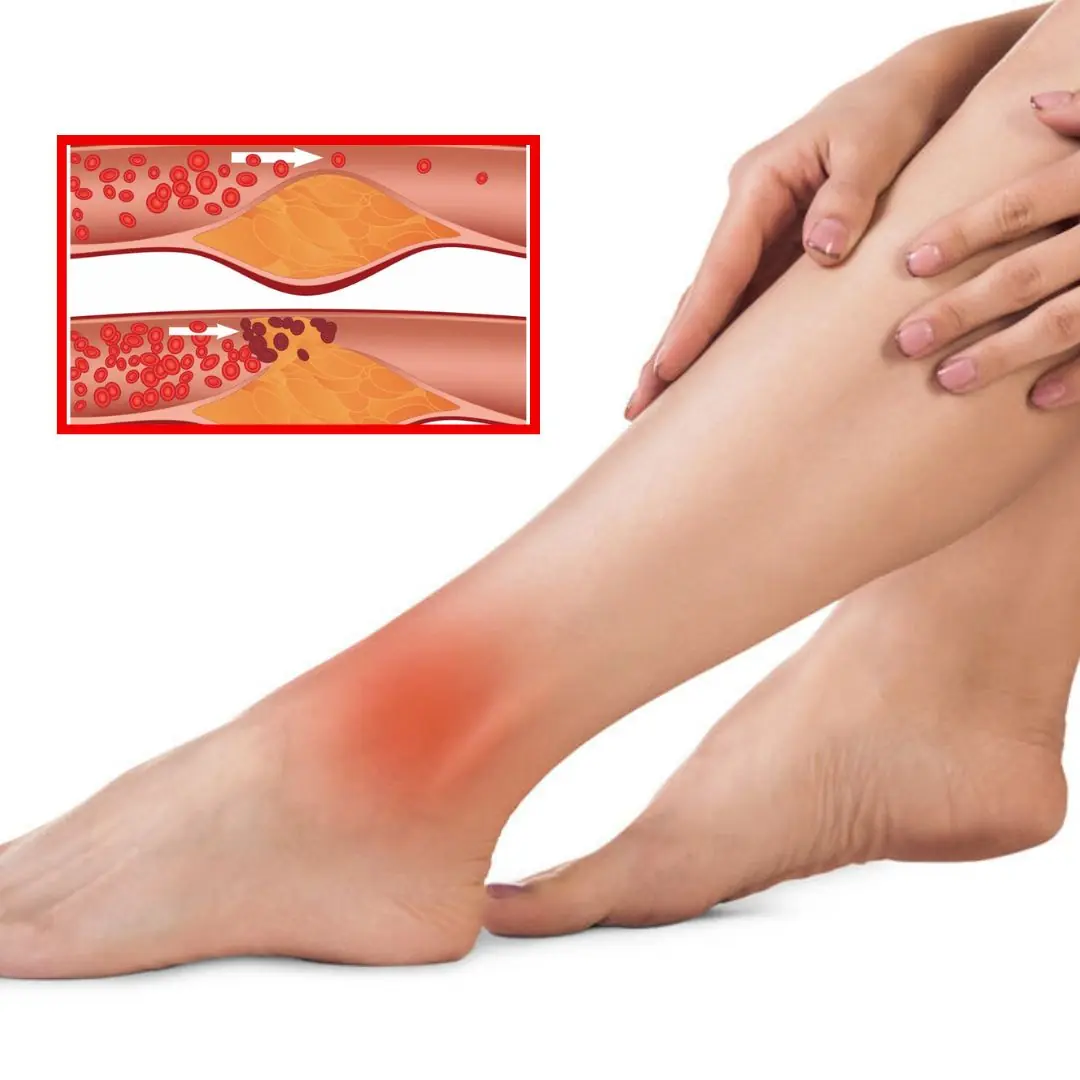
If your feet have these 3 “characteristics,” it could mean your blood vessels are blocked:
1. Cold feet
The feet are the foundation of the body; keeping them healthy is key to overall health. Ancient wisdom often refers to the feet as “the root of a person,” and as we age, the feet age first.
When exposed to cold wind, our feet are especially sensitive to low temperatures. If you find that your feet hurt intensely in cold weather or remain extremely cold even when wearing thick socks and warm clothing, this may be due to blocked blood vessels. With blockages, blood flow cannot reach the feet to deliver warmth, leaving them cold.
2. Swollen feet

Foot swelling—and swelling in the hands or feet in general—is often linked to water intake. Drinking excessive amounts of water in a day, or drinking a lot right before bedtime, can cause swelling.
In addition, swelling in the feet can be related to kidney problems. However, it may also be associated with poor blood circulation. When circulation is impaired, blood cannot adequately reach the feet, affecting overall health.
3. Changes in foot color
If you notice your feet turning red or black, it may be due to blocked blood vessels. You may also feel warmth when touching the feet, or see red or black spots. These small changes can be early warning signs of arterial blockages.
Blocked arteries mean the body is unable to deliver nutrients to affected areas, which greatly increases the risk of stroke, heart attack, and other serious conditions.
How to remove “waste” from blood vessels and improve circulation
1. Eat the right foods
Some foods are considered “scavengers” for blood vessels, including hawthorn, oats, wood ear mushrooms, eggplant, sweet potatoes, garlic, onions, and dark chocolate. Incorporating these into your daily diet can be beneficial.
Drinking green tea is also helpful, as catechins in green tea can reduce levels of “bad” cholesterol in the blood, increase “good” cholesterol, improve vascular elasticity, and help prevent atherosclerosis.
2. Exercise your blood vessels
You can “exercise” your blood vessels by alternating between warm and cold water foot baths before bedtime. Warm water should be about 40–44°C, cold water about 12–16°C. Begin with cold water, then warm, alternating 5–10 times over 3–5 minutes, ending with warm water.
Also, avoid sitting still for long periods. Brisk walking is a great way to improve muscle endurance and vascular elasticity. Just 30 minutes of moderate exercise a day can help with weight loss, reduce cellulite, improve vascular health, and slow aging. Exercising moderately before meals may further enhance vascular protection.
News in the same category

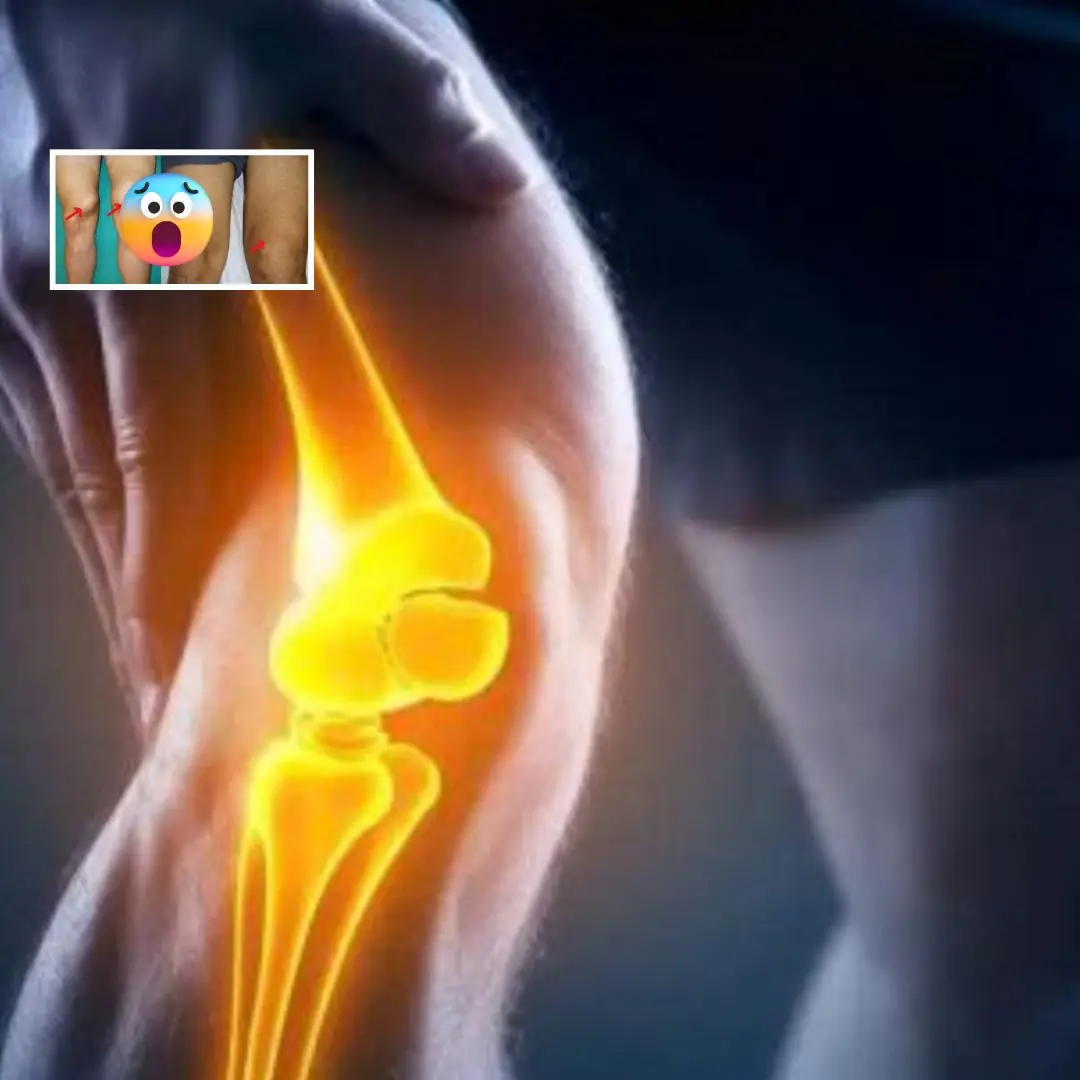
Doctor Warns: 5 Symptoms That Could Indicate Bone Cancer
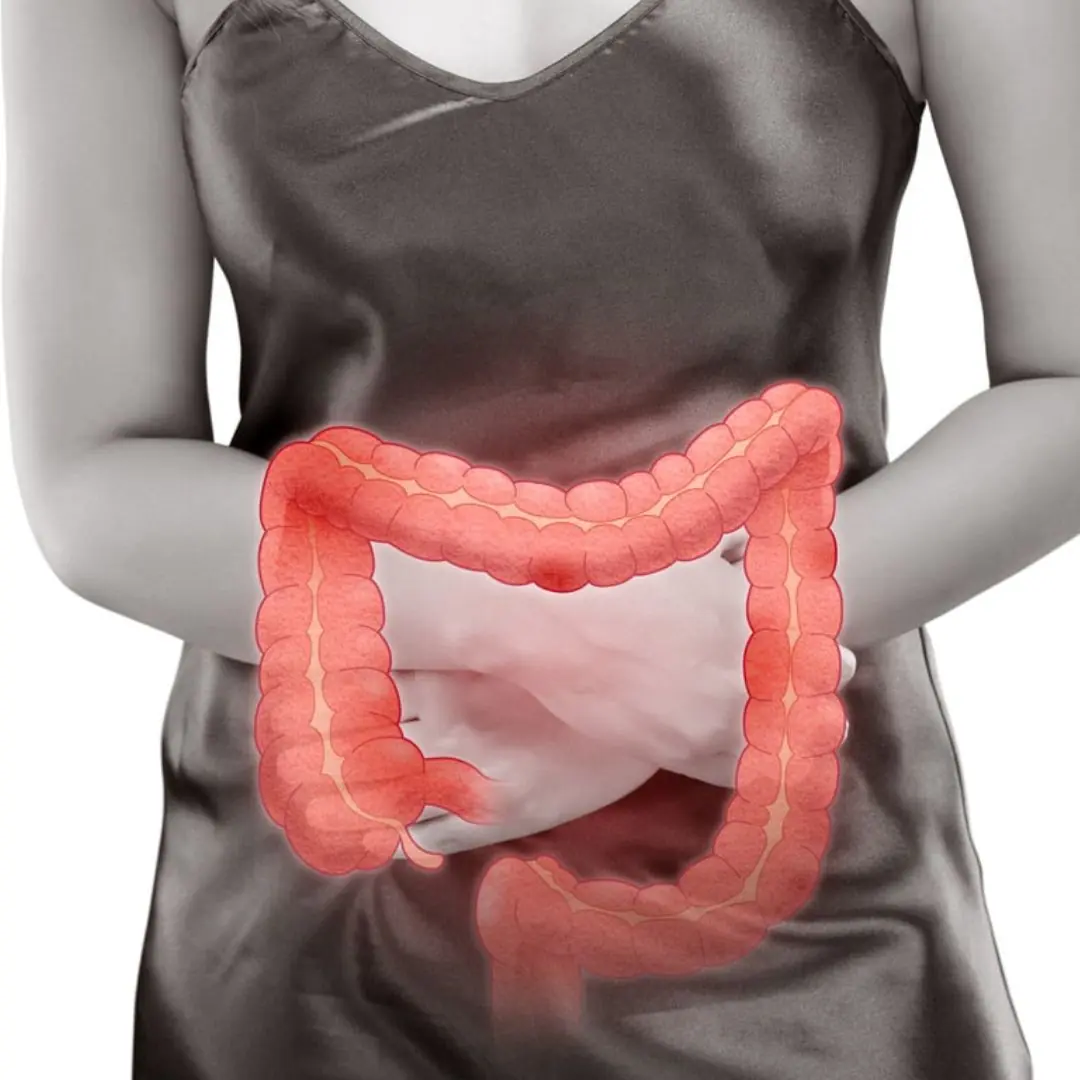
7 foods to avoid in a colon cancer diet
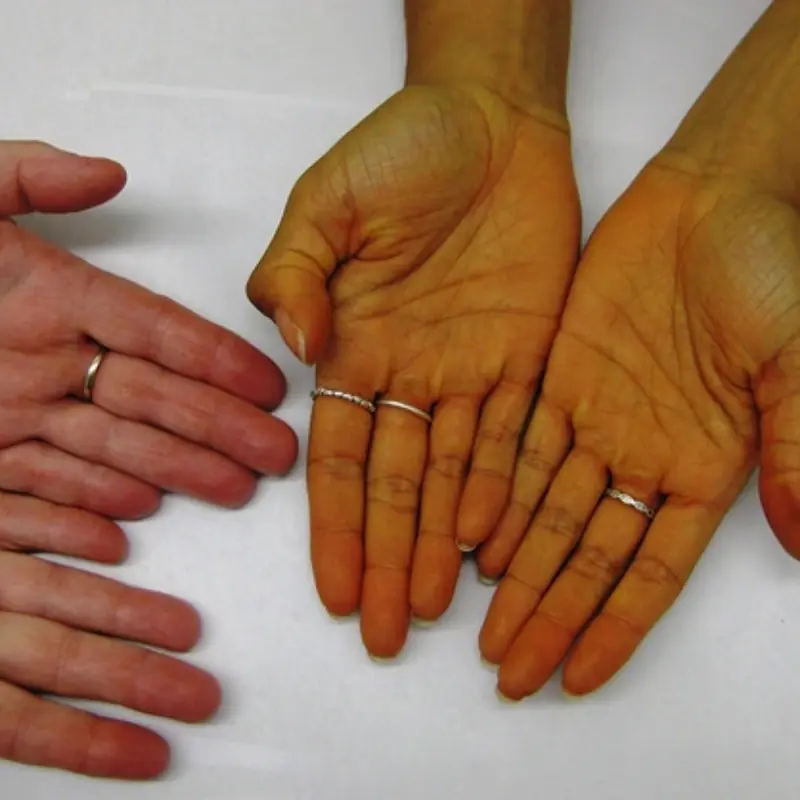
These Are the 5 Earliest Warning Signs Your Body Sends When Can.cer
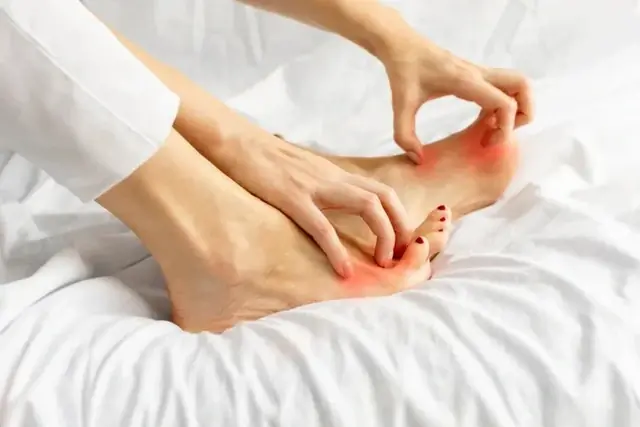
5 Early Clues Your Body Sends When Bile Du.ct Can.cer Is Taking Hold

An 18-Year-Old Girl Suffered Severe Kid.ney Failure
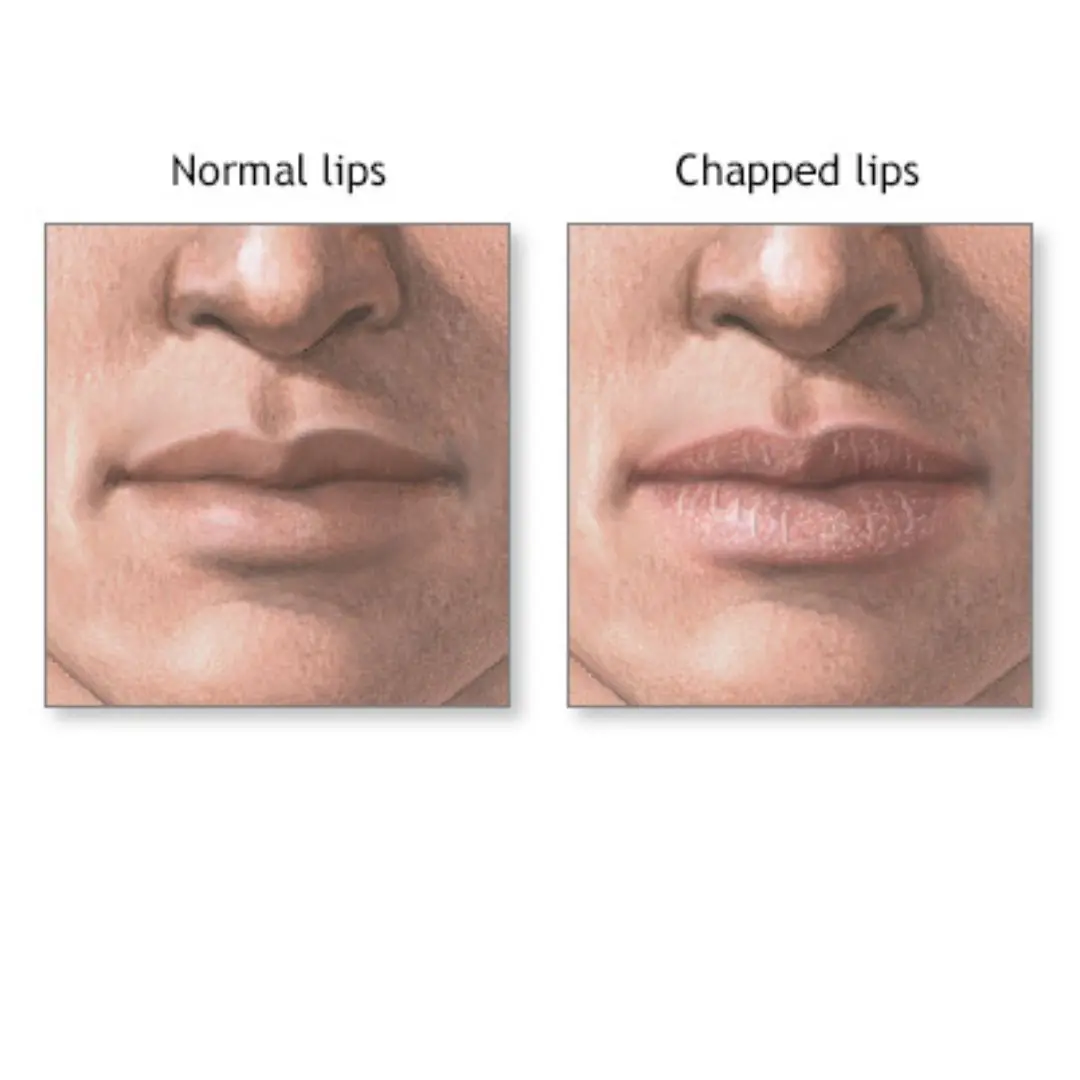
The 8 warning signs your lips reveal about your health – from herpes to liver disease

7 Warning Signs of a Type of Can.cer That’s Treatable but Can Still Make It Hard to Have Children
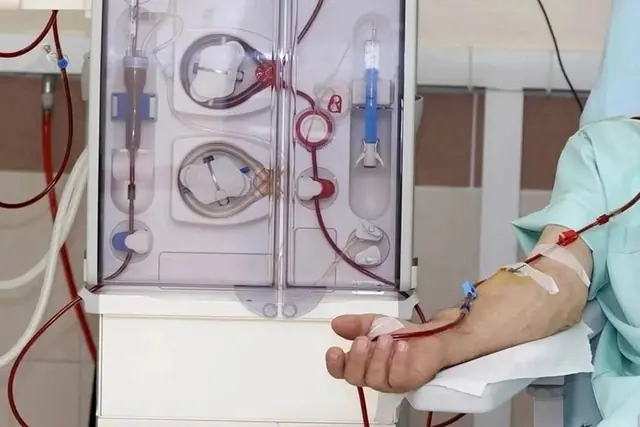
6 Types of People Who Should Never Eat Too Many Eggs
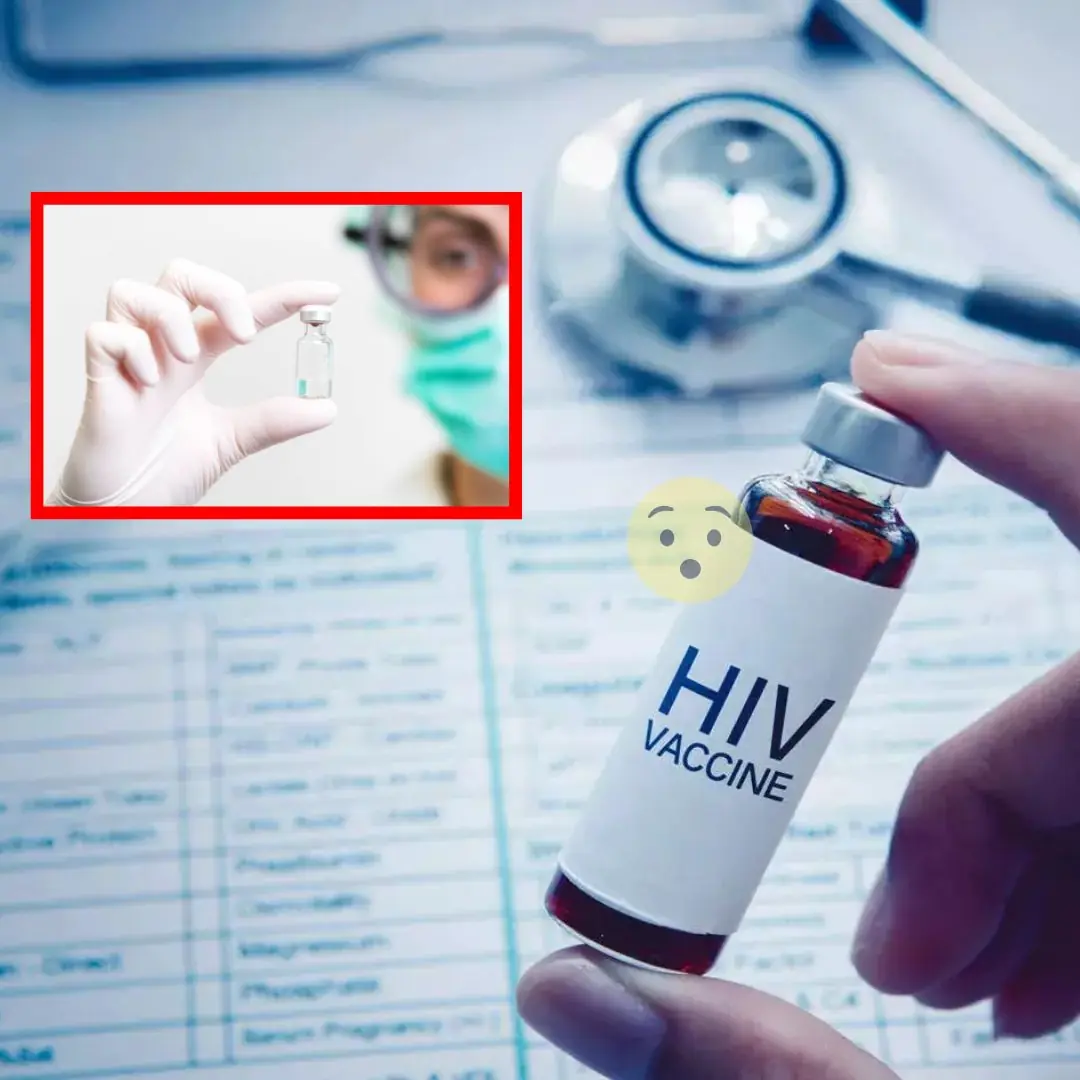
Experimental HIV vaccines show promise in early safety test
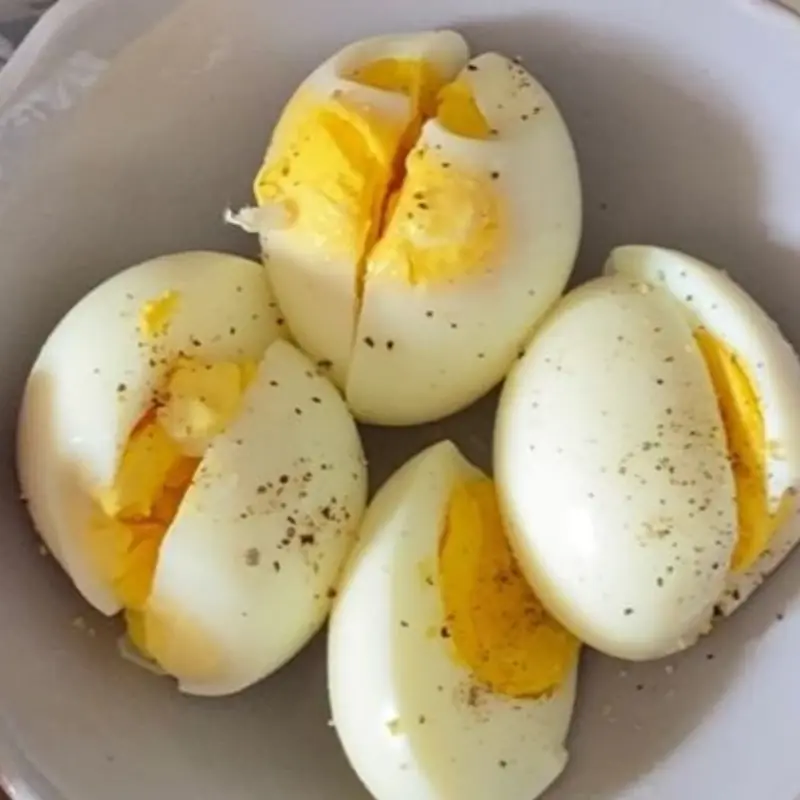
6 Types of People Who Should Avoid Eating Too Many Eggs
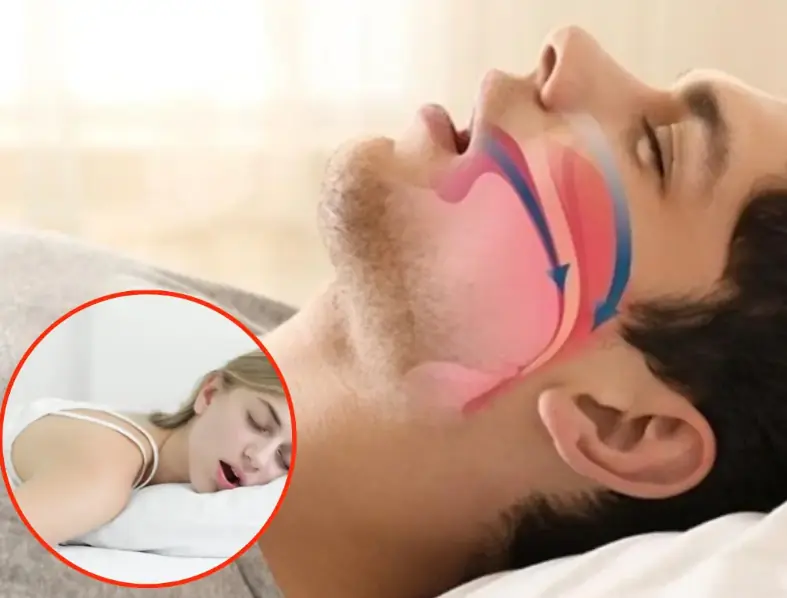
Check out these 6 health conditions when you drool while sleeping

The real reasons your limbs twitch at night
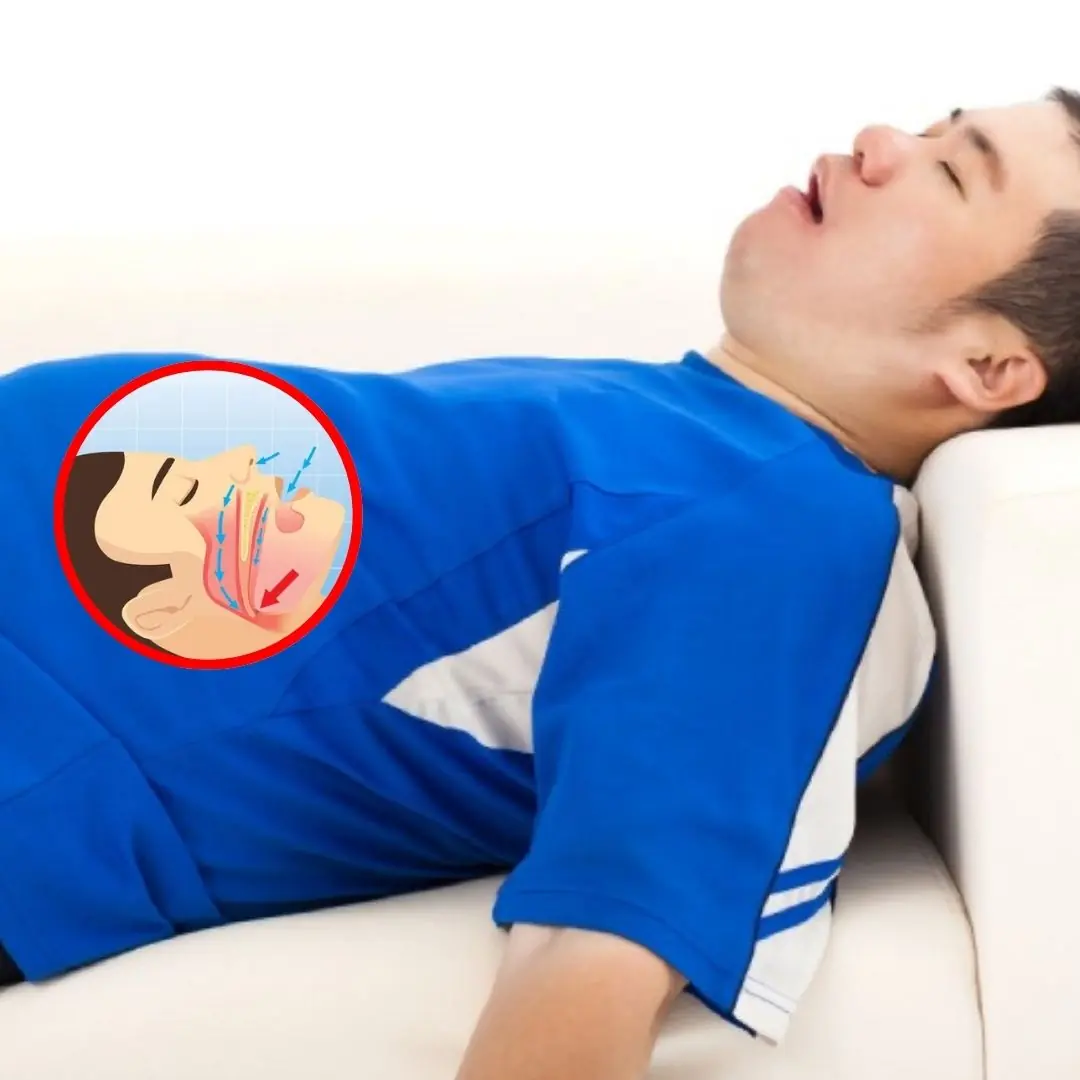
Snoring and 5 Surprising Indicators of Obstructive Sleep Apnea
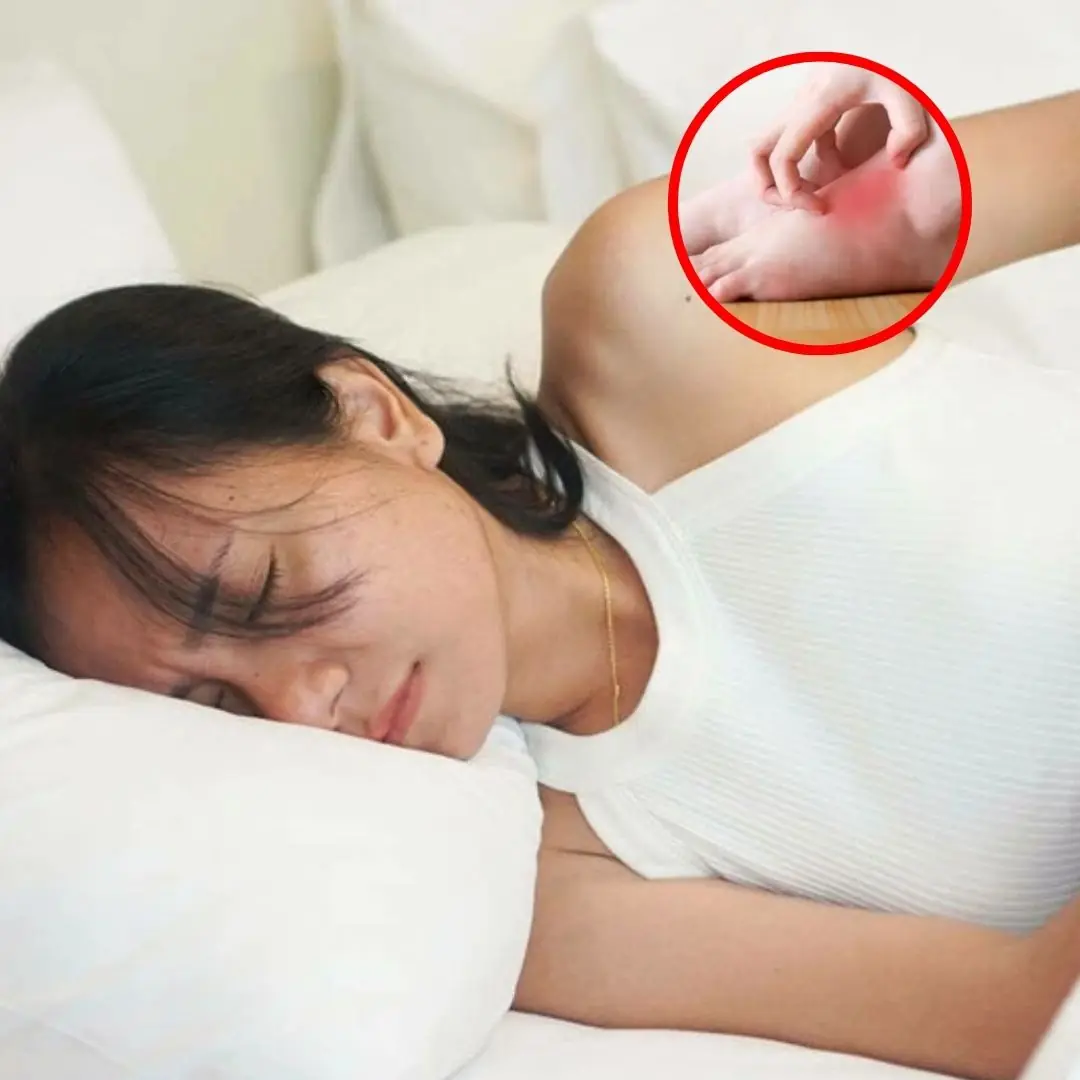
7 Morning Symptoms Your Body Might Be Using to Signal Hidden Diabetes
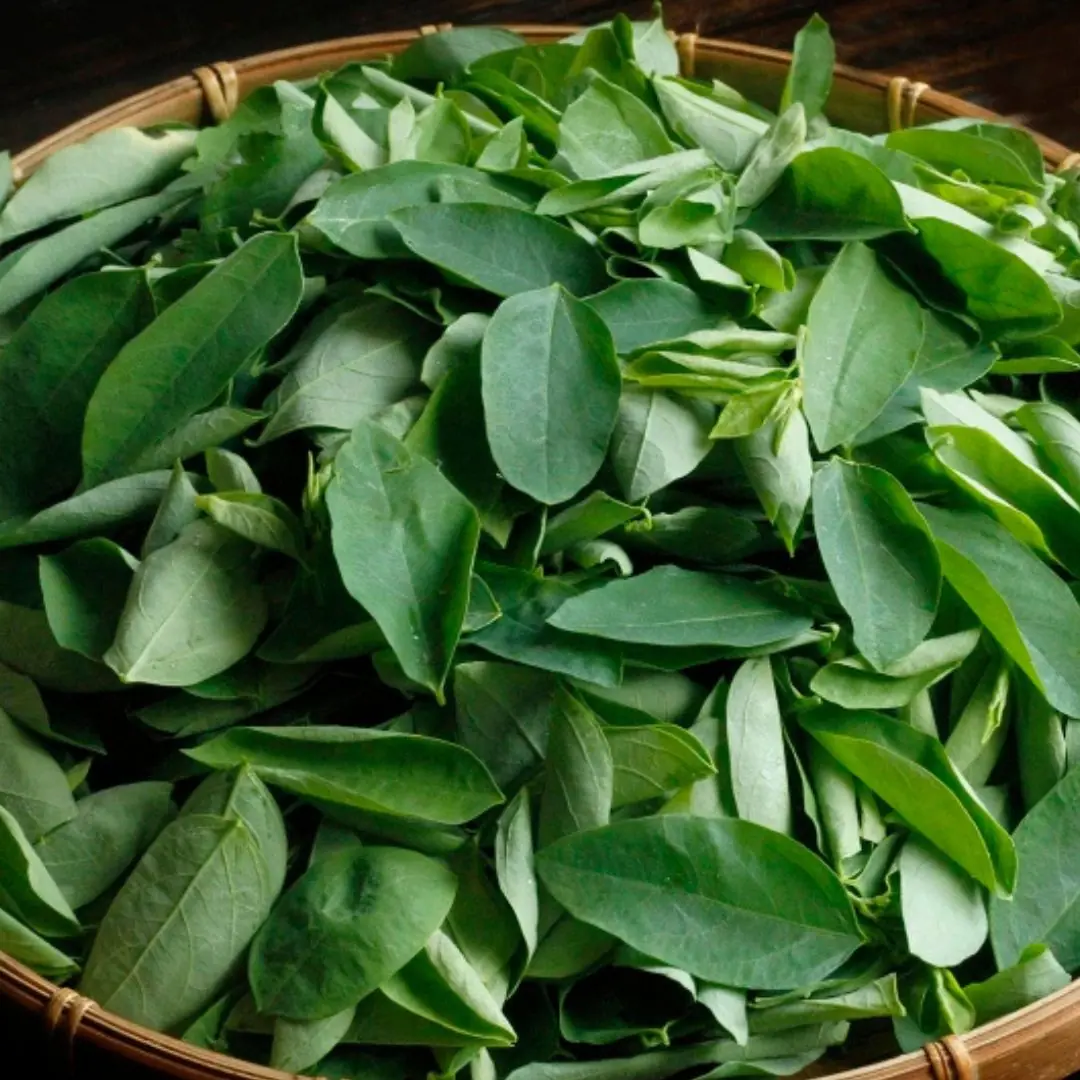
This is a simple vegetable but is so rich in vegetable protein that experts recommend using it instead of meat

Combine these foods with milk and you will get many unbelievable benefits
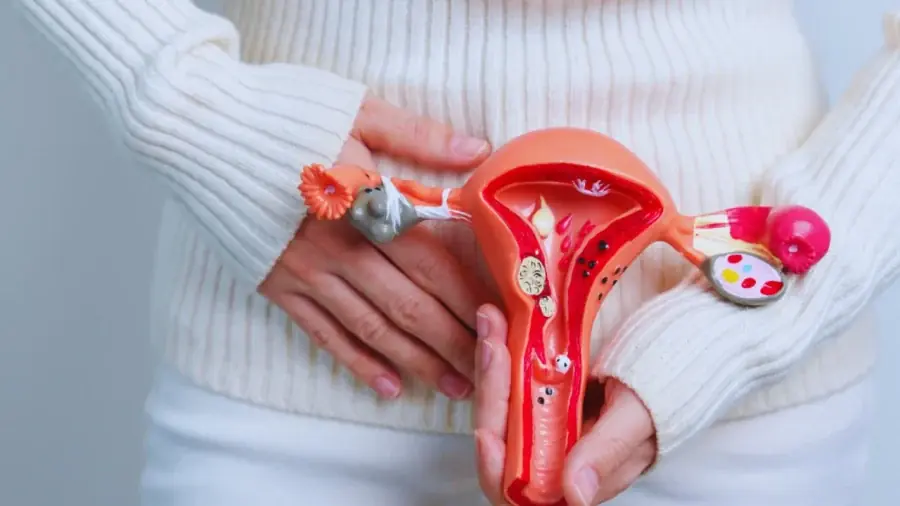
3 Selfish Husband Habits That Increase Their Wife’s Risk of Cer.vical Can.cer

Although chayote is a nutritious food, if you eat it this way, you can accidentally bring disease into your body and damage your health
News Post

Three Types of Vegetables with the Highest Pesticide Residues
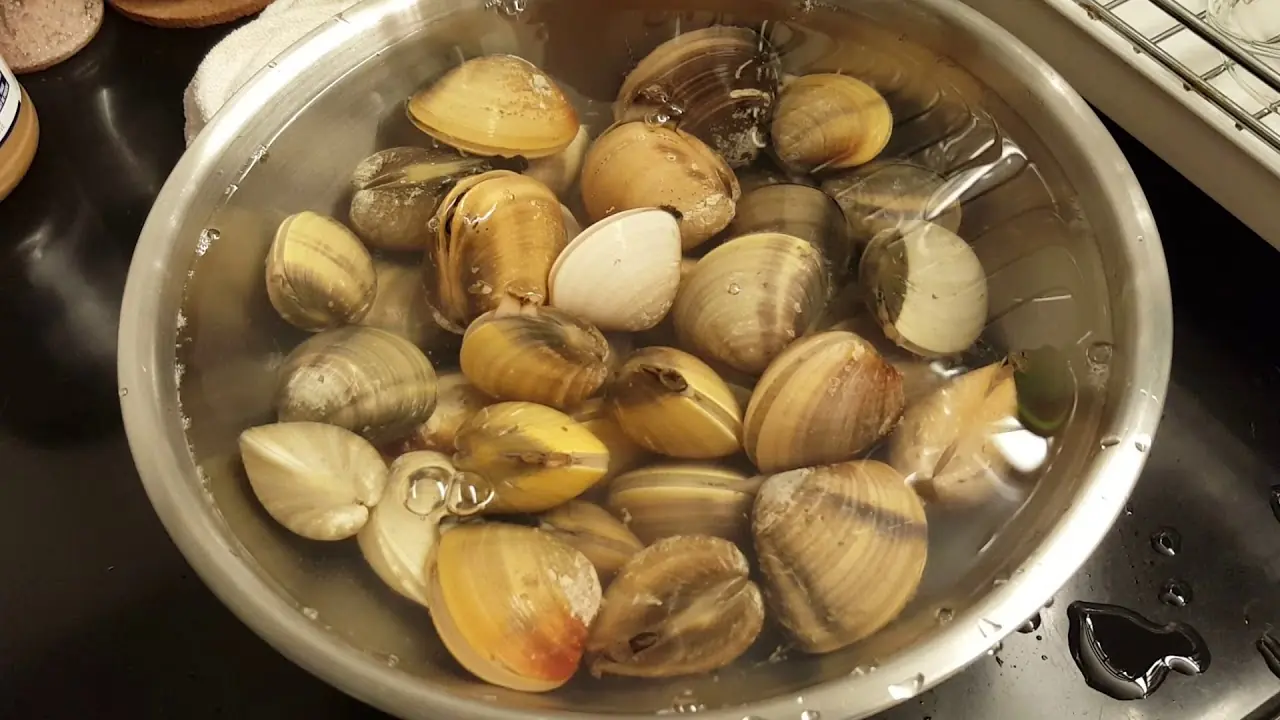
No Matter How You Wash Clams, There’s Still Grit Inside?

What Is the Black Round Hole Next to the Camera on an iPhone For?

Doctor Warns: 5 Symptoms That Could Indicate Bone Cancer

7 foods to avoid in a colon cancer diet

These Are the 5 Earliest Warning Signs Your Body Sends When Can.cer

5 Early Clues Your Body Sends When Bile Du.ct Can.cer Is Taking Hold

An 18-Year-Old Girl Suffered Severe Kid.ney Failure
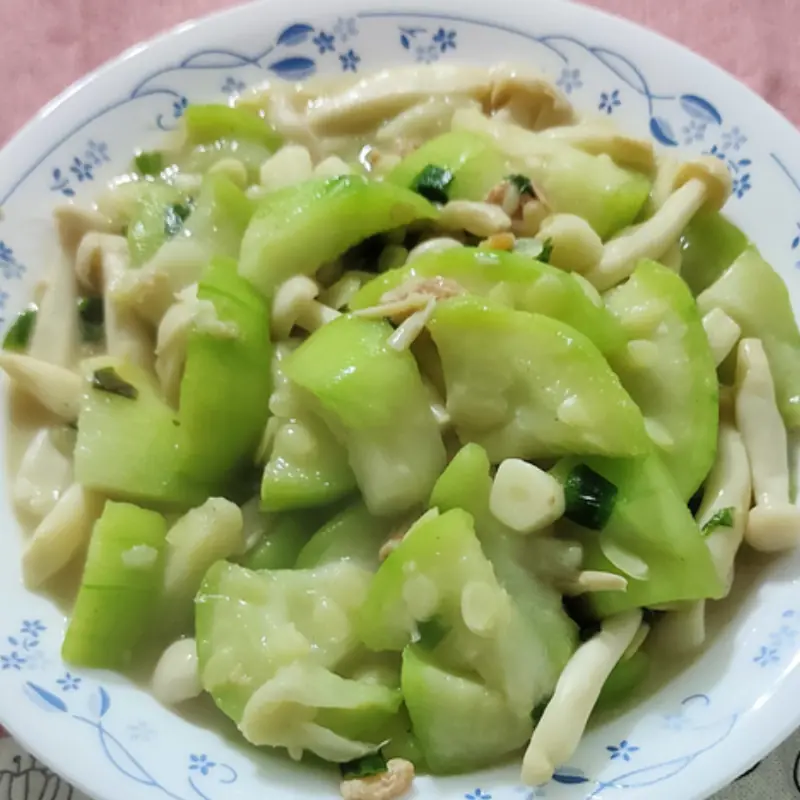
5 Types of Pesticide-Free Vegetables as Nutritious as Ginseng
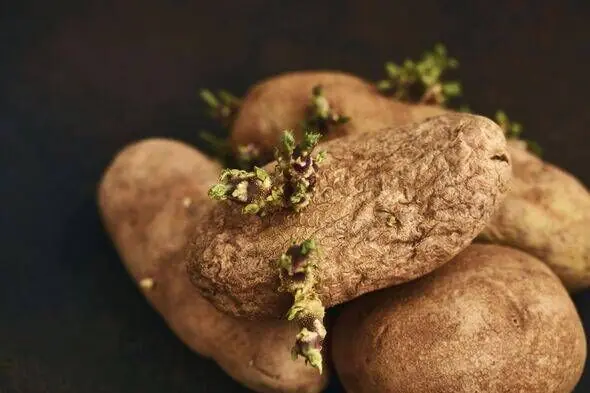
The Secret to Keeping Potatoes Fresh for 6 Months Thanks to a Surprising “Friend” in the Kitchen

The 8 warning signs your lips reveal about your health – from herpes to liver disease

7 Warning Signs of a Type of Can.cer That’s Treatable but Can Still Make It Hard to Have Children

6 Types of People Who Should Never Eat Too Many Eggs

Experimental HIV vaccines show promise in early safety test

4 “ki.ll.ers” that cause cancer right in your home

6 Types of People Who Should Avoid Eating Too Many Eggs

Check out these 6 health conditions when you drool while sleeping

The real reasons your limbs twitch at night
